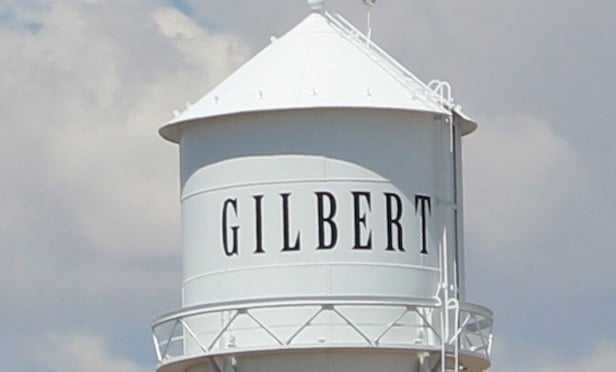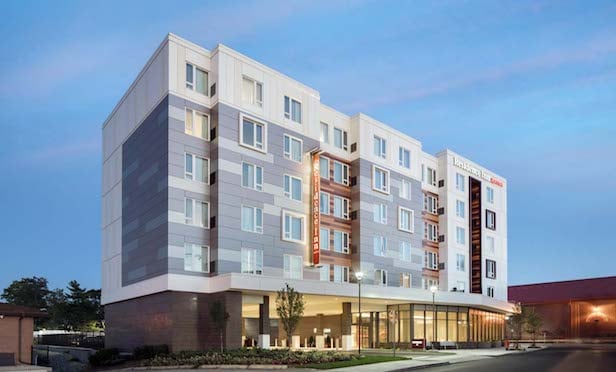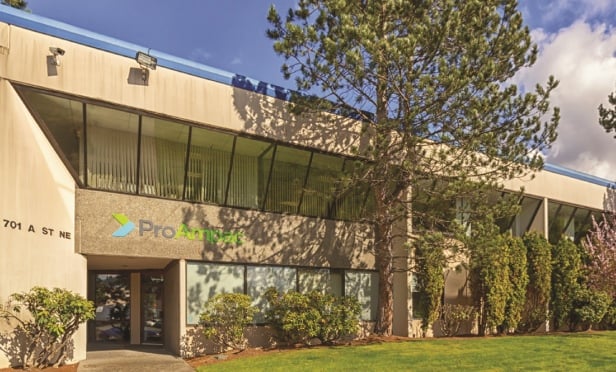NEW YORK CITY—While real estate, at least before the 2008 recession, had been generally considered a prudent investment, this maxim seems to still hold true in some core market cities – particularly in New York where real estate values were relatively less affected by the downturn and have been generally quicker to rebound. Word of the resiliency of New York City real estate has spread across the globe like wildfire, leading to a substantial influx of foreign investors driving the market and changing the landscape of the city.
In Manhattan, for the second quarter of 2014, the median price for co-ops and condos rose more than five percent to $910,000, with the average sales price jumping 17.9% to $1,680,185 when compared with prices from one year ago. These values mean that residential real estate prices have spiked above the previous record highs set in the pre-recession first quarter of 2008. Demand remains high and despite the multitude of new residential buildings currently under development, inventory remains relatively low. A driving force behind these trends are foreign buyers who tend to view such properties as a safe investment and a stable asset amidst uncertain economic conditions elsewhere in the world. In New York City alone, approximately 30 to 35 percent of residential real estate sales since 2013 have been to international buyers, often through investment vehicles such as limited liability companies.
Many of the new housing projects in the city, in particular in midtown and lower Manhattan, are high-rise luxury apartment buildings geared towards buyers in the higher end of the market that includes foreign investors. These buildings are sleek, slender and tall; upon completion, the building at 432 Park Avenue will be 150 feet taller than the Empire State Building with other buildings in development to be even taller. Foreign capital underwrites these acquisitions as investment opportunities rather than primary residences. The net result is that the real estate is either (i) immediately rented out post-closing (which often has a direct impact on increasing rents within the city) or (ii) simply remains vacant with the owners looking for nothing more than temporary usage and equity appreciation in the asset. In support of this last point, the Census Bureau estimates that 30 percent of all apartments between 49th and 70th Streets and Fifth and Park Avenues remain vacant at least ten months out of the year.
The rise of such new luxury housing, literally raising the bar for housing in the city and contrasting with older and more traditional architecture, is rapidly changing the skyline and the cityscape and has created new and elevated recurring issues for New York residents. The height of many of the proposed buildings, in particular those along and around 57th Street, threaten to cast long shadows on Central Park. Moreover, the dramatic increase of such luxury housing has also led to a smaller share of apartments that are relatively affordable. By way of example, the market share for apartments selling for $1 million or less in the second quarter of 2014 fell to 41 percent (compared to 50 percent in 2013). Where projects have attempted to address affordable housing concerns (such as through the usage of a 421-a tax exemption program), the developers have been criticized for depriving the city of property tax revenue that would be derived from the multi-million dollar units. More recently, there has been an outcry over the city's approval of a project at 40 Riverside Drive, which would relegate the residents of the affordable housing units to their own separate entrance, or 'poor door' as it is called by its critics. Not surprisingly, community activists (on both sides of the debate) have begun to mobilize in force.
Even in the face of such scrutiny, and despite some recent softening in the market, residential real estate in Manhattan continues to be an attractive investment to buyers, both foreign and domestic. Other New York markets beyond Manhattan (i.e., Brooklyn) are also now seeing increased interest from foreign investors who are looking for better, less impacted opportunities. It remains to be seen whether this trend will continue and how these outside forces will transform cities in other parts of the country.
Terry N. Kim is a senior associate in the Real Estate & Land Use Practice Group at Manatt, Phelps & Phillips LLP, located in the New York office and Michael C. Polentz is Co-Chair of the Real Estate & Land Use Practice Group at Manatt, Phelps & Phillips, LLP, located in the Palo Alto office. The views expressed in this column are the author's own.
© Touchpoint Markets, All Rights Reserved. Request academic re-use from www.copyright.com. All other uses, submit a request to [email protected]. For more inforrmation visit Asset & Logo Licensing.






